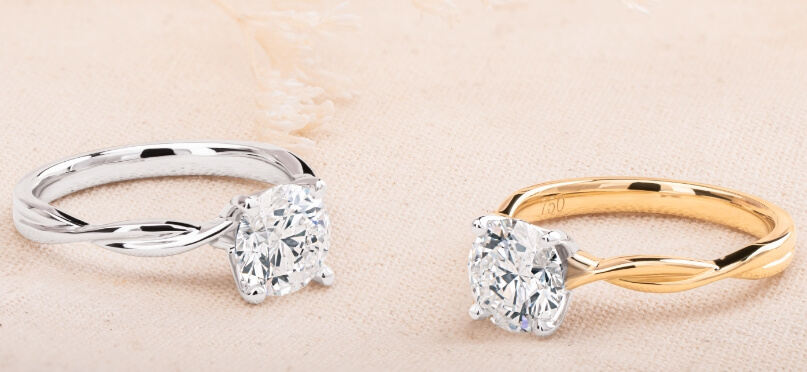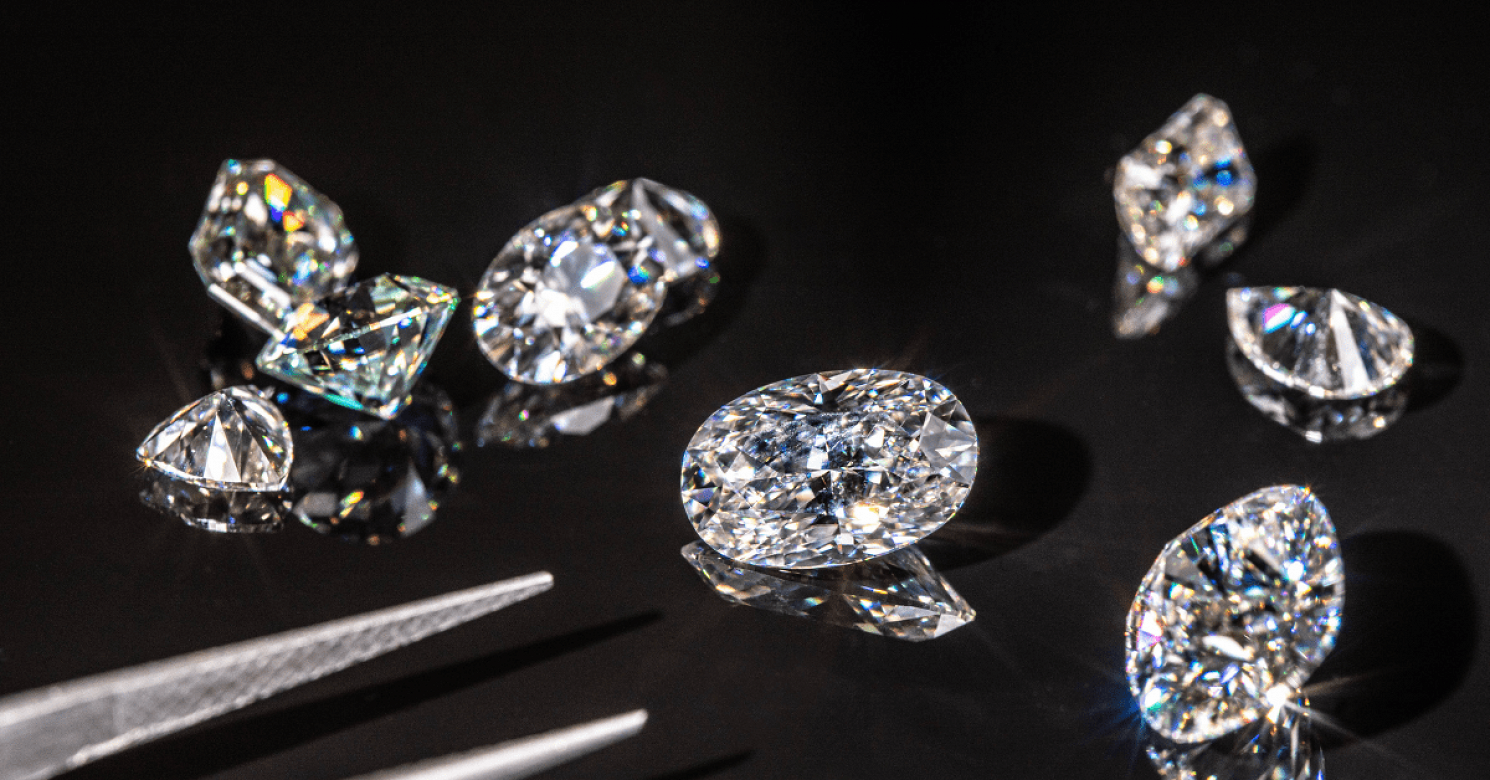In recent years, the diamond industry has experienced a significant transformation with the advent of lab-grown diamonds. These diamonds, created in controlled laboratory environments, have stirred a lively debate regarding their quality, value, and impact compared to traditional mined diamonds. As we delve into this topic, we will explore various aspects to determine whether are lab grown diamonds better are indeed a superior choice.
Understanding Lab-Grown Diamonds
Lab-grown diamonds, also known as synthetic or cultured diamonds, are created using two primary methods: High Pressure-High Temperature (HPHT) and Chemical Vapor Deposition (CVD). Both techniques replicate the natural conditions under which diamonds form in the Earth, resulting in diamonds that are chemically, physically, and optically identical to mined diamonds.
High Pressure-High Temperature (HPHT) Method
The HPHT method involves subjecting carbon to extreme pressure and temperature conditions, mimicking the natural environment in which diamonds are formed. This process typically takes a few weeks, resulting in high-quality diamonds that are virtually indistinguishable from their natural counterparts.
Chemical Vapor Deposition (CVD) Method
The CVD method involves placing a diamond seed in a chamber filled with carbon-rich gases. These gases are then ionized, causing carbon atoms to deposit onto the seed and crystallize into a diamond. This method allows for greater control over the diamond’s characteristics and often results in fewer impurities.
Quality and Characteristics
One of the main questions potential buyers have is whether lab-grown diamonds can match the quality of natural diamonds. The answer is a resounding yes. Lab-grown diamonds are graded using the same criteria as mined diamonds: cut, color, clarity, and carat weight.
Cut
The cut of a diamond refers to how well it has been shaped and faceted to reflect light. Lab-grown diamonds are available in a wide range of cuts, from classic round to modern princess cuts, ensuring that buyers can find the perfect diamond to suit their tastes.
Color
Diamonds are graded on a color scale from D (colorless) to Z (light yellow or brown). Lab-grown diamonds can be produced in virtually any color, including rare and exotic hues that are extremely hard to find in natural diamonds.
Clarity
Clarity measures the presence of internal or external imperfections, known as inclusions and blemishes. Lab-grown diamonds often have fewer inclusions than natural diamonds, as their growth conditions are tightly controlled. This results in diamonds with exceptional clarity and brilliance.
Carat Weight
Carat weight refers to the size of the diamond. Lab-grown diamonds are available in a wide range of carat weights, providing options for every budget and preference.
Environmental Impact
One of the most compelling arguments in favor of lab-grown diamonds is their environmental sustainability. Traditional diamond mining has significant ecological and social impacts, including habitat destruction, water pollution, and human rights abuses. In contrast, lab-grown diamonds have a much smaller environmental footprint.
Reduced Carbon Emissions
Producing lab-grown diamonds requires significantly less energy than mining natural lab created diamonds. This reduction in energy consumption leads to lower carbon emissions, making lab-grown diamonds a more environmentally friendly option.
Minimal Land Disruption
Diamond mining often involves the excavation of large areas of land, leading to deforestation and soil erosion. Lab-grown diamonds, however, are produced in laboratories, eliminating the need for extensive land disruption and preserving natural habitats.
Ethical Considerations
The diamond industry has long been associated with ethical issues, including the exploitation of workers and the financing of armed conflicts through the sale of so-called “blood diamonds.” Lab-grown diamonds offer a clear ethical advantage, as their production does not involve these human rights concerns.
Conflict-Free Guarantee
Lab-grown diamonds are guaranteed to be conflict-free, as their origin is traceable to a controlled laboratory environment. This assurance provides peace of mind to consumers who are concerned about the ethical implications of their purchases.
Fair Labor Practices
The production of lab-grown diamonds typically involves fair labor practices, with workers receiving safe working conditions and fair wages. This ethical approach contrasts sharply with the often exploitative conditions found in some diamond mining regions.
Economic Considerations
From an economic perspective, lab-grown diamonds offer significant advantages. They are generally more affordable than natural diamonds, making them an attractive option for budget-conscious consumers.
Cost Efficiency
Lab-grown diamonds can cost up to 30-40% less than mined diamonds of similar quality. This cost efficiency is due to the shorter supply chain and lower production costs associated with lab-grown diamonds.
Investment Value
While natural diamonds have historically been seen as an investment, lab-grown diamonds are gaining recognition for their value retention. As the market for lab-grown diamonds grows, their resale value is expected to increase, making them a wise investment choice.
Technological Advancements
The technology behind lab-grown diamonds continues to advance, leading to improvements in quality and production efficiency. These advancements are making lab-grown diamonds more accessible and appealing to a wider audience.
Innovation in Diamond Production
Ongoing research and development in the field of synthetic diamonds are yielding innovations that enhance the quality and variety of lab-grown diamonds. This continuous improvement ensures that lab-grown diamonds remain at the forefront of the jewelry industry.
Customization Opportunities
Lab-grown diamonds offer unique opportunities for customization. Because they are created in a controlled environment, it is possible to tailor the characteristics of a lab-grown diamond to meet specific customer preferences. This level of customization is difficult to achieve with natural diamonds.
Market Trends and Consumer Preferences
The growing popularity of lab-grown diamonds reflects shifting consumer preferences and market trends. As awareness of their benefits increases, more consumers are opting for lab-grown diamonds over natural ones.
Rising Demand
The demand for lab-grown diamonds is rising, driven by their affordability, ethical production, and environmental sustainability. This trend is expected to continue as more consumers become aware of the advantages of lab-grown diamonds.
Acceptance in the Jewelry Industry
The jewelry industry is increasingly embracing lab-grown diamonds, with many leading brands incorporating them into their collections. This acceptance is further validating lab-grown diamonds as a legitimate and desirable choice for consumers.
Conclusion
In conclusion, lab-grown diamonds present a compelling alternative to natural diamonds. They offer equal, if not superior, quality in terms of cut, color, clarity, and carat weight. Their environmental and ethical advantages, combined with cost efficiency and technological advancements, make them an attractive option for modern consumers. As the market for lab-grown diamonds continues to expand, they are poised to become a dominant force in the jewelry industry.




